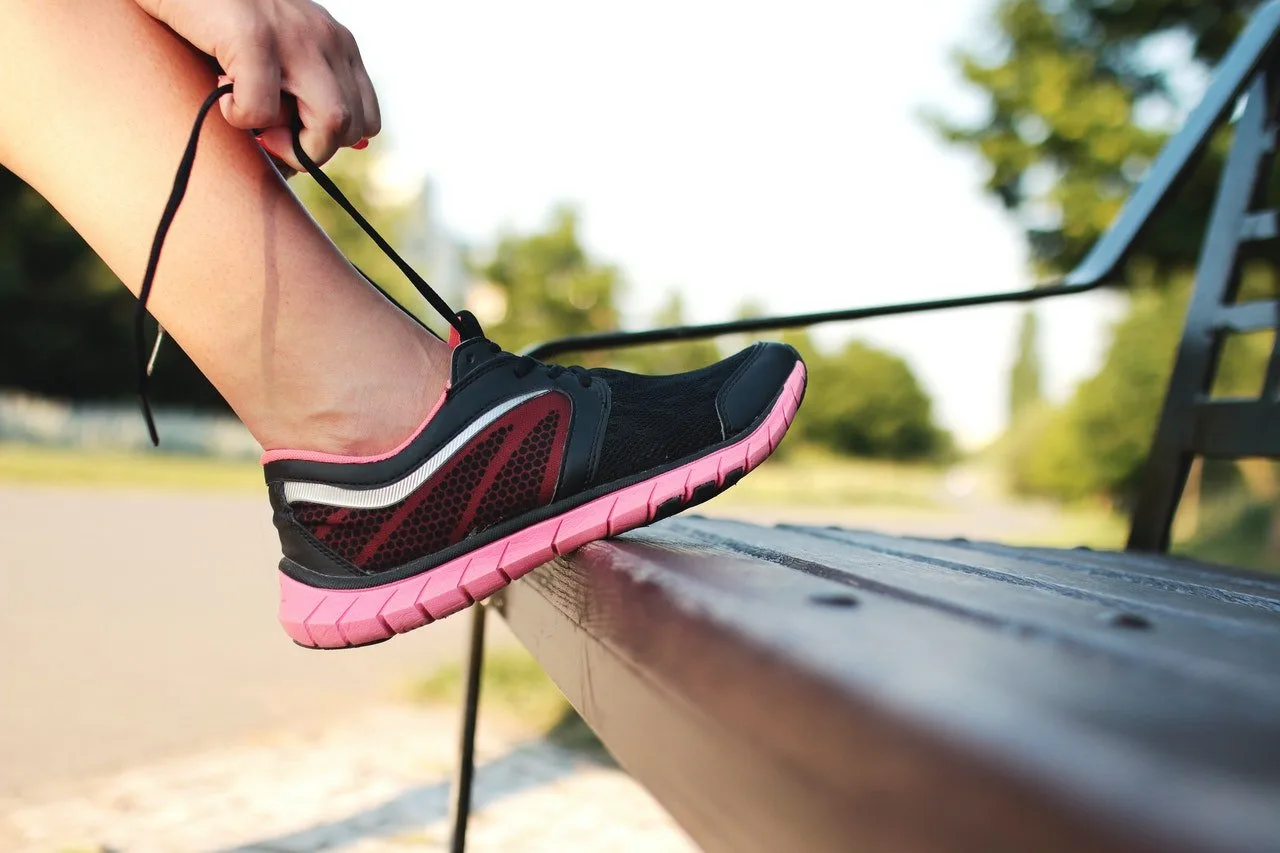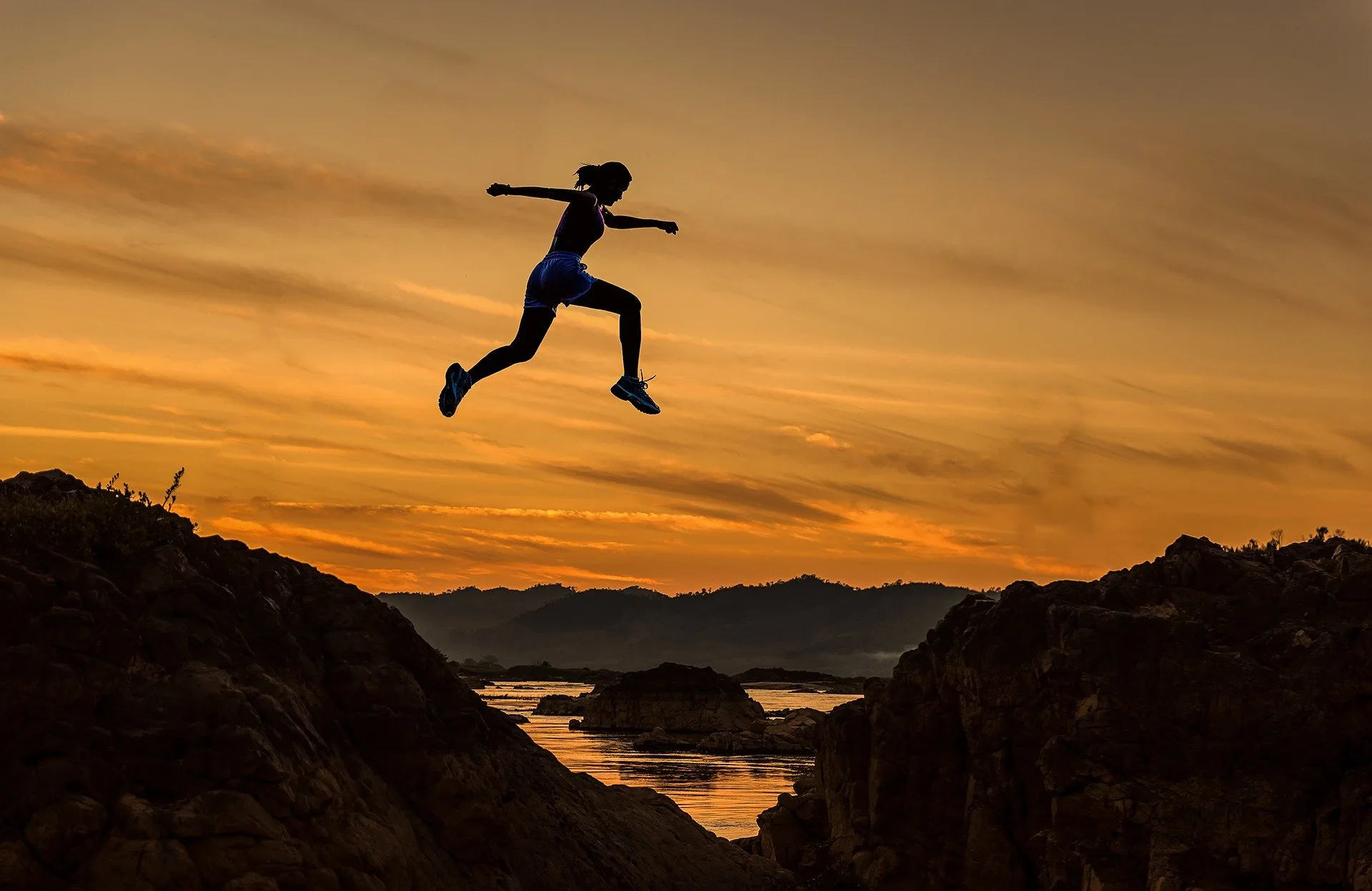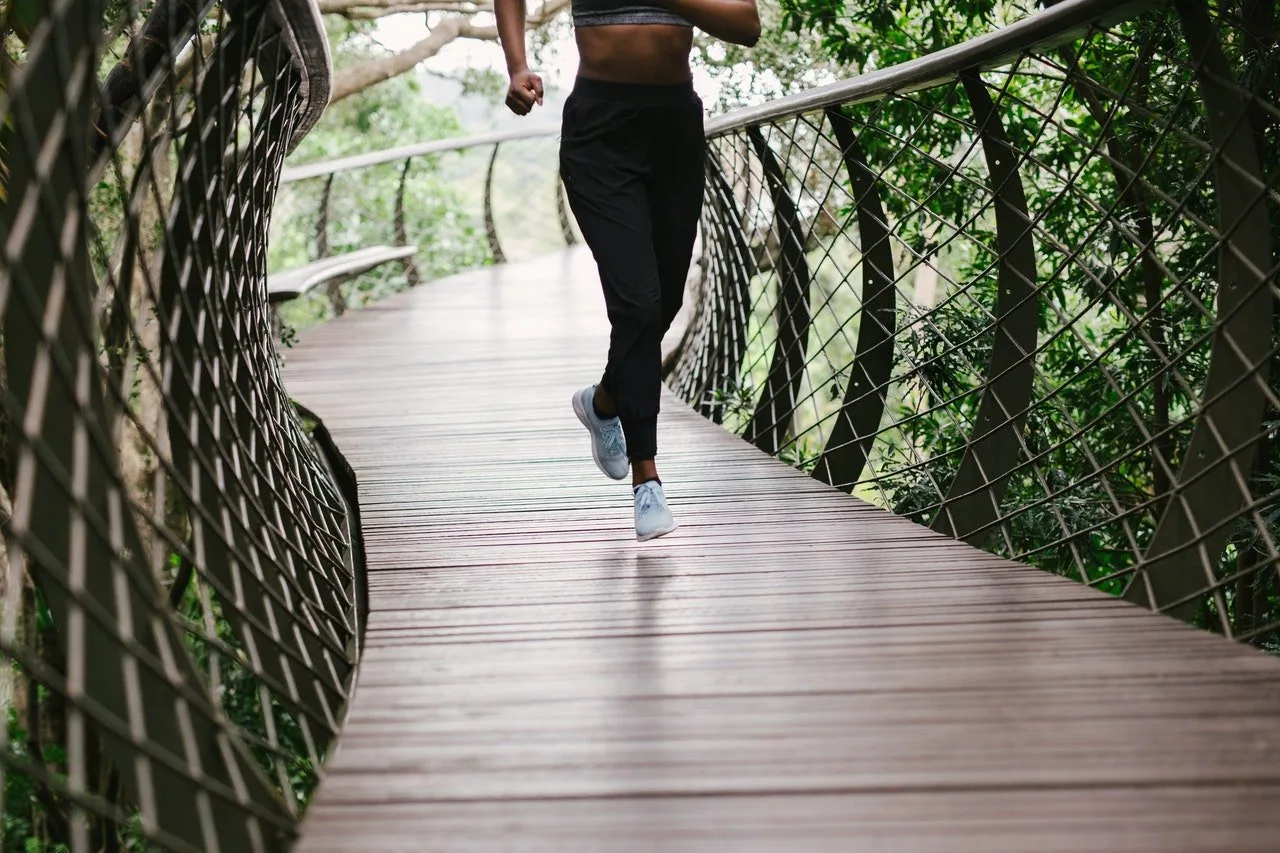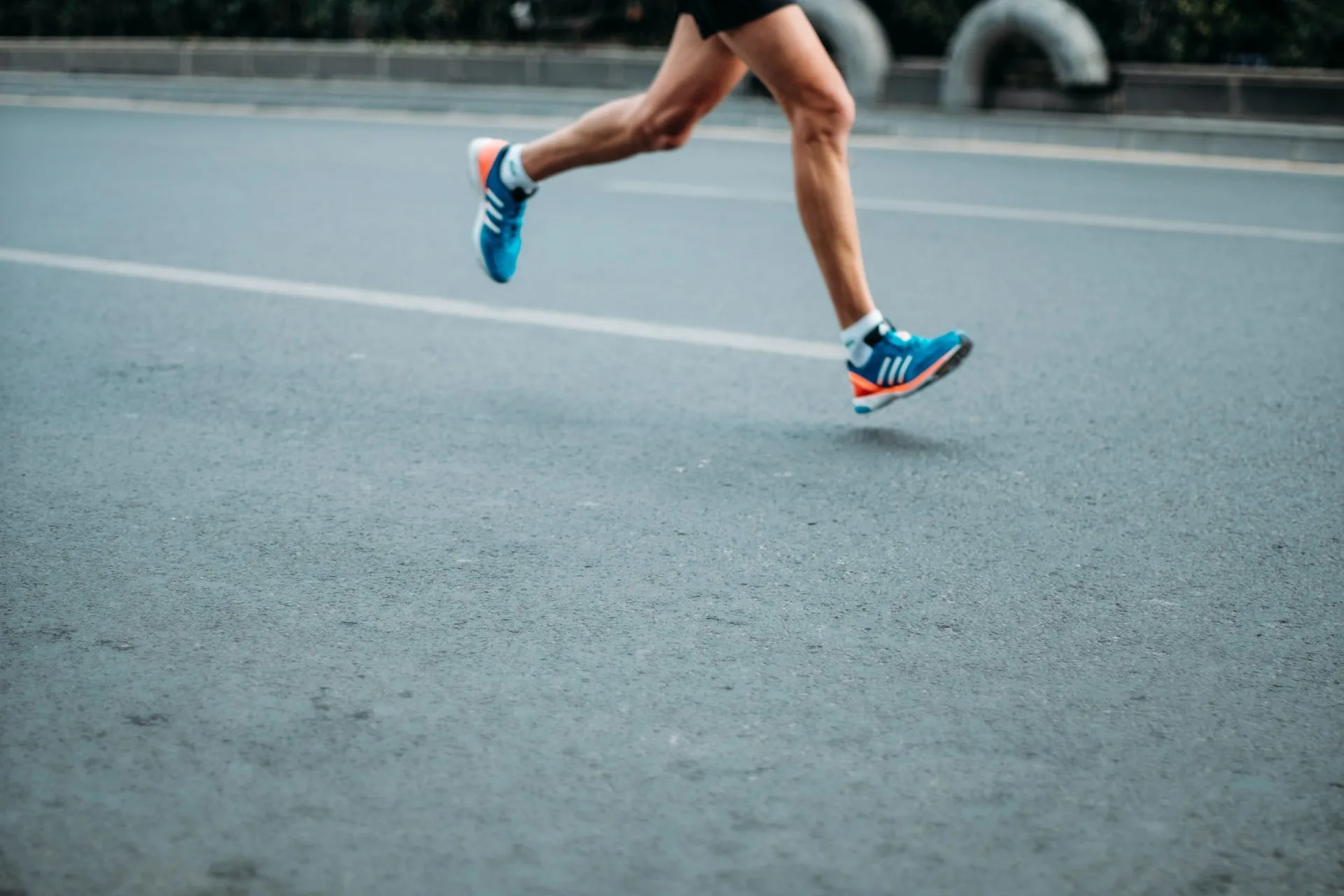Running is an effective and often cost-free way of staying fit, and it boasts a number of benefits. Unfortunately, as great as this exercise is, your body takes a bit of a beating, and before you know it, you’re dealing with a few running injuries.
When you’re out on a run, there are a few ways you can experience a sprain, strain, pull, and tear, so we’ve listed the common injuries and how you can prevent and treat them. It could be wearing proper shoes or customized ones, or adding insoles to correct misalignment and feel relief in your whole body. Read on for more.
Common Running Injuries To Avoid
1. Runner’s knee

Photo by JESHOOTS.com from Pexels
This is a common running injury, and it’s often caused by overuse. It’s a dull, achy pain that is felt while you’re running, often uphill.
How to treat it?
To treat it, it’s important to get some cut back on your running and perhaps invest in a knee brace. You can also take anti-inflammatory medications.
How to prevent it
Once you’ve managed your runner’s knee, you can prevent it by strengthening your hip. One study found that people with knee pain noticed an improvement once they completed core and hip strength training. Hip flexors, sumo squats, and lateral lunges are great exercises that will help to strengthen your hips.
2. Stress fracture
Stress fractures are a small crack in the bone that typically affects runners in their shins and feet. It’s often caused by overuse, especially when your body is still getting accustomed to a new activity. The main symptom is pain, and it gets worse the longer you exercise.
How to treat it
The best way to treat a stress fracture is with rest – depending on the severity of the injury, you may find yourself taking off six weeks and your doctor may even put you in a walking boot.
How to prevent it
To prevent a stress fracture, make sure to invest in a pair of running shoes, and try not to overdo your running mileage too quickly.
Additionally, it would be advisable to strengthen your glutes so try to do some squats and lunges when you can.
3. Shin splint
A 2017 study found that around 35% of all athletes will experience shin splints. So what exactly is it? Well put simply, shin splints are a pain that runners experience in the front or inside the lower leg along the shin bone, and they occur when you do too much too soon.

Photo by Artūras Kokorevas from Pexels
How to treat it
The American Academy of Orthopedic Surgeons suggests that you stop running for a few weeks. You can also relieve symptoms by regularly stretching and by icing your shins.
How to prevent it
Strengthening the calves and ankles as well as investing in a great pair of running shoes can help to reduce tour risk for shin splints.
4. Achilles tendinitis
The Achilles is the large tendon that attaches your calf to the back of the heel. This injury causes inflammation of the Achilles tendon which then causes pain and stiffness in the area of the tendon, especially in the morning and while you’re walking, running, raising up on your toes, and stretching your calf muscles,
This is often a result of rapid mileage increase, improper footwear, as well as tight calf muscles.
How to treat it
As always, rest is the best remedy. You may also want to focus on strengthening and stretching your calf muscles.
How to prevent it
Stretching and strengthening your calf muscles is an effective way to prevent inflammation of your Achilles tendon, and, as always, wear the right running shoes.
5. Muscle pull
This happens when you overstretch a muscle, and you may feel a “pop” when it happens. It’s often caused by overuses, poor flexibility, and when you don’t warm up your muscles.
The most commonly affected muscles include your calves, groin, and hamstrings.
How to treat it
This can be treated with lots of rest, ice, compression, and elevation.
Overuse, inflexibility, and forgetting to warm-up are a few possible causes.
How to prevent it
Make sure to always warm-up and cool down when you’re about to break a sweat.
You can prevent ankle sprains by stretching before your run, doing exercises that can improve your balance, and, after you’ve spoken to your doctor, taping your ankle or wearing an ankle brace.
7. Plantar fasciitis
The plantar fascia is a thick band of tissue that runs along the sole of the foot from the toes to the heel, and it helps to support your arch.
The injury occurs when it becomes inflamed, causing severe heel pain, especially first thing in the morning. It’s often caused by overuse on the road or as a result of you wearing unsupportive footwear.
How to treat it
The American Academy of Orthopedic Surgeons suggests stretching and anti-inflammatory medications. You can also try icing the bottom of your foot (1).
How to prevent it
Wearing supportive shoes at all times, even when you’re not running and regular foot and leg stretches can help prevent plantar fasciitis. These can be combined with insoles to relieve pain which can also be used with regular footwear.

Photo by RF._.studio from Pexels
8. IT (iliotibial) band syndrome
The IT band is the ligament that runs from your pelvic bone all the way down your thigh. The injury occurs as a result of increased mileage, downhill running, and weak hips, causing the ligament to thicken and rub the knee bone, which then causes inflammation, and before you know it, you’re battling pain on the outside of the knee.
How to treat it
A review study found that stretching, pain management, and cutting back on your running can help treat the injury. A more recent study also found that increasing your hip strength may help manage symptoms.
How to prevent it
In addition to warming up before your runs, you can also run on even surfaces and invest in proper running shoes.

Image by Sasin Tipchai from Pixabay
9. Blisters
Blisters are caused by friction between your shoes/socks and skin, and they can pop up when you least expect them.
How to treat them
To treat your blisters, the American Academy of Dermatology Association suggests the following:
1. Cover the blister. Loosely cover the blister with a bandage. Bring in the sides of the bandage so that the middle of the bandage is a little raised.
2. Use padding. To protect blisters in pressure areas, such as the bottom of your feet, use padding. Cut the padding into a donut shape with a hole in the middle and place it around the blister. Then, cover the blister and padding with a bandage.
3. Avoid popping or draining blisters, as this could lead to infection. However, if your blister is large and very painful, it may be necessary to drain the blister to reduce discomfort. To do this, sterilize a small needle using rubbing alcohol. Then, use the needle to carefully pierce one edge of the blister, which will allow some of the fluid to drain.
4. Keep the area clean and covered. Once your blister has drained, wash the area with soap and water and apply petroleum jelly. Do not remove the “roof” of the blister, as this will protect the raw skin underneath as it heals.
How to prevent them
Make sure that your running shoes fit well and that you wear socks with a double layer. You can also apply powder or petroleum jelly to areas prone to blisters.
Extra running tips
![sluggish feeling guy running on the road [longevity live]](https://longevitylive.com/wp-content/uploads/2019/11/man-running-beside-street-2284163-jpg.webp)
1. Always warm-up
2. Wear proper footwear
3. Avoid running on hard surfaces – you want the ground to absorb shock, rather than passing it along to your legs.
4. Focus on landing mid-sole, with your foot directly underneath your body with every step when running.
5. Try to run in a straight line, as this reduces the risk of you twisting your knees and ankles.
6. Incorporate strength training into your fitness routine
7. Stay hydrated
8. Listen to your body
9. Check in with your doctor regularly
References
Alfayez Saud M, Ahmed Mohammed L, Alomar Abdulaziz Z. (2017). A review article of medial tibial stress syndrome. Journey of Musculoskeletal Surgery and Research. https://doi.org/10.4103/jmsr.jmsr_13_17
Beals, C., & Flanigan, D. (2013). A Review of Treatments for Iliotibial Band Syndrome in the Athletic Population. Journal of sports medicine (Hindawi Publishing Corporation), 367169. https://doi.org/10.1155/2013/367169
McKay, J., Maffulli, N., Aicale, R. et al. (2020). Iliotibial band syndrome rehabilitation in female runners: a pilot randomized study. J Orthop Surg Res 15, 188. https://doi.org/10.1186/s13018-020-01713-7






![women [longevity live]](https://longevitylive.com/wp-content/uploads/2020/01/photo-of-women-walking-down-the-street-1116984-100x100.jpg)










